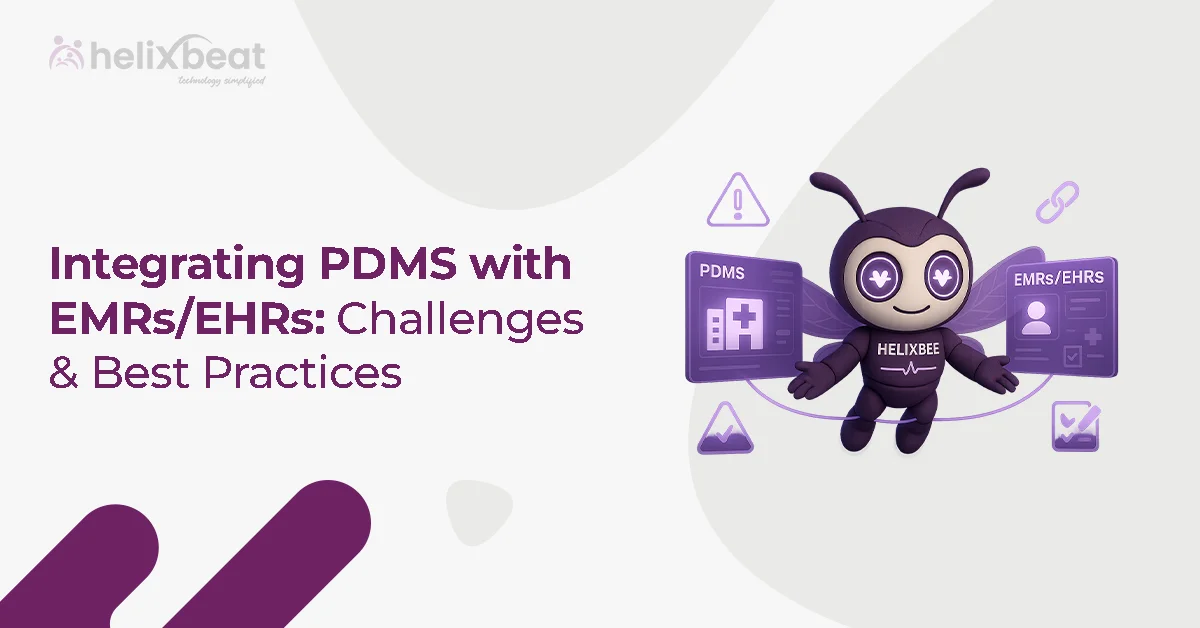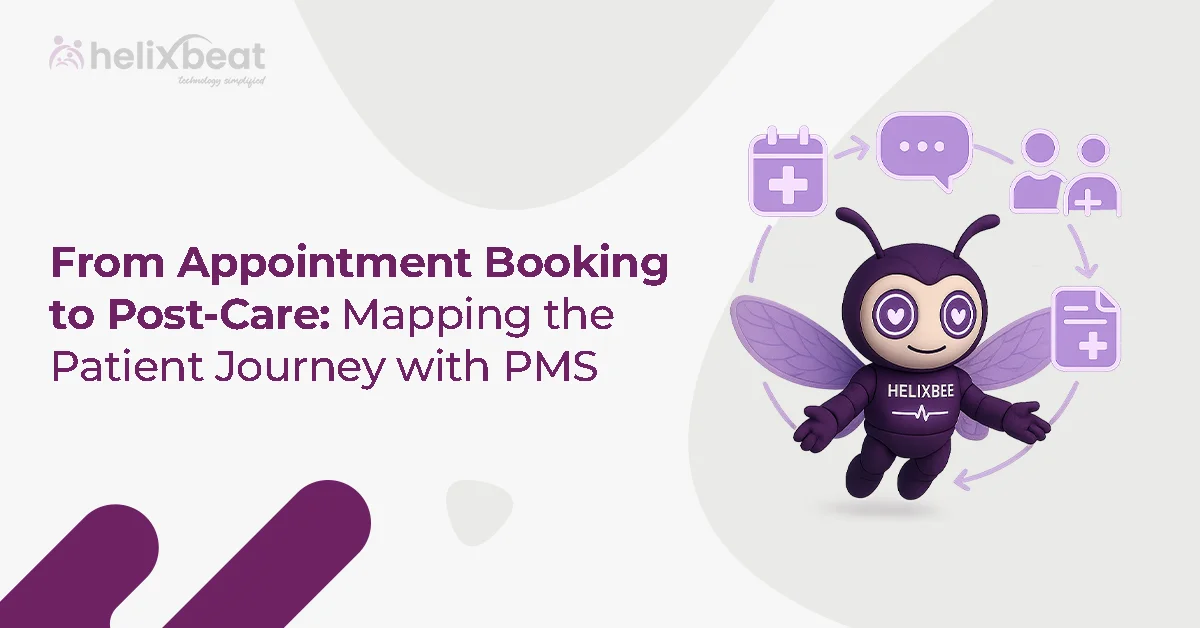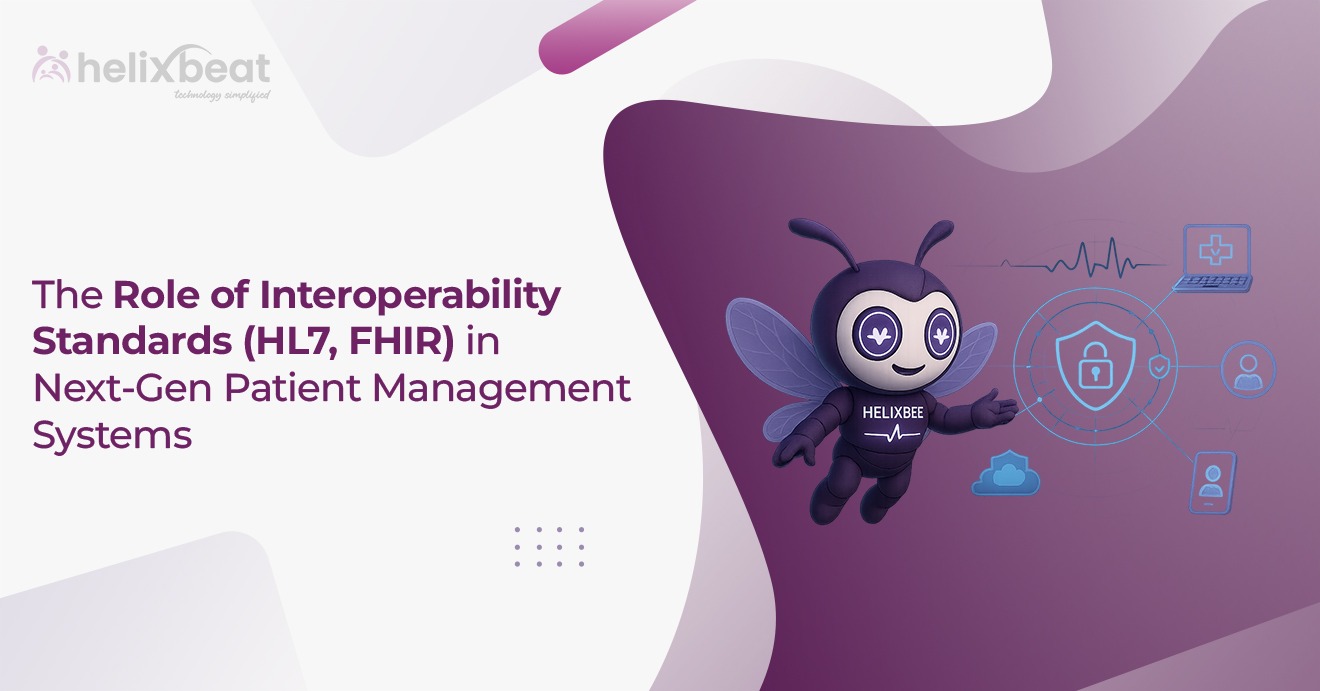Did you know that almost 60% of software issues are discovered only after the product is released? This highlights a major problem in software development: insufficient testing. When businesses rush through the testing phase or skip it altogether, they risk releasing faulty software, leading to higher costs, delays, and dissatisfied users.
The solution is simple: a well-planned software test plan. By having a clear, structured testing strategy in place, you can identify potential issues early, improve product quality, and meet deadlines without sacrificing performance.
A strong test plan guides your testing process, ensuring everything is checked thoroughly and helping you deliver a reliable product.
In this blog, we will explain how to create an effective test plan for software testing and why it is essential for your project’s success.

Table of Contents
What is a Test Plan?
A test plan is a detailed document that outlines the overall strategy for software testing. It serves as a roadmap for the testing process, specifying what will be tested, how it will be tested, and who will be responsible for the testing activities. A test plan ensures that all aspects of the software are thoroughly examined, helping to identify potential issues before the product is released.
The test plan includes various components, such as testing objectives, testing methods, resource requirements, timelines, and deliverables. It also defines the scope of testing, listing the features and functionalities that will be tested, as well as any limitations. By following a well-structured test plan, teams can carry out efficient and effective testing, ultimately ensuring higher software quality and smoother releases.
Difference Between Test Plan and Test Strategy
| Aspect | Test Plan | Test Strategy |
| Scope | Focuses on the specific project or product being tested. | Focuses on the overall approach to testing across the organization or multiple projects. |
| Level of Detail | Provides detailed information on test objectives, schedule, resources, and deliverables for the specific project. | Provides high-level guidelines on testing processes, principles, and methods. |
| Purpose | Directs the specific testing activities for a project. | Outlines the general approach and methodologies for testing across projects. |
| Ownership | Typically written by the project manager or test lead, specific to the project. | Developed by senior management or the testing team, representing the overall organization’s approach to testing. |
| Updates | Updated frequently throughout the project as testing progresses. | Generally stable and may not change frequently, as it defines long-term testing goals. |
Step-by-Step: How We Create a Test Plan for Your Software Testing
Creating an effective software test plan involves several important steps that ensure thorough testing and high-quality outcomes. Here’s a detailed, step-by-step approach we follow to create a custom test plan for your project:
1. Understanding the Project Requirements
The first step in creating a test plan is to fully understand the project’s objectives and requirements. This involves collaborating with stakeholders to define the software’s functionality, scope, and critical features.
By gathering all relevant information, we ensure the test plan is aligned with the business goals and project expectations.
2. Defining Testing Objectives
Once we understand the project, we clearly outline the goals of the testing process. What do we want to achieve? Whether it’s identifying bugs, ensuring performance standards, or validating security measures, setting clear objectives helps guide the entire testing process. The objectives should be measurable and aligned with the project’s success criteria.
3. Choosing the Testing Types
Depending on the project needs, we select the appropriate testing types to include in the test plan. These may include functional testing, performance testing, security testing, usability testing, and more.
Each testing type serves a different purpose, and choosing the right ones ensures that all critical aspects of the software are tested comprehensively.
4. Creating a Resource Plan
A well-organized resource plan outlines all the necessary resources required for testing. This includes the human resources (testers, developers, project managers), testing tools (e.g., automated testing tools), hardware and software requirements, and testing environments. Proper allocation of resources ensures that testing runs smoothly without delays.
5. Developing a Timeline and Schedule
Testing can be a time-consuming process, so we define a clear timeline that includes all testing phases. This schedule breaks down the testing activities into milestones, with deadlines for each stage. From initial testing phases to regression tests and final verification, a well-structured timeline keeps the project on track.
6. Identifying Risks and Mitigation Strategies
Every project faces potential risks that could impact the testing process. These could include delays, lack of resources, or unanticipated technical challenges. We proactively identify these risks in the test plan and develop mitigation strategies to address them. This ensures the testing process remains on schedule and high-quality.
7. Defining Deliverables and Reporting
The final step is to define the expected deliverables and reporting format. This includes detailed test cases, test results, bug reports, and final test summaries. We ensure the stakeholders have all the information they need to assess the quality of the software and make informed decisions. Clear documentation helps in tracking progress and resolving issues efficiently.
By following these steps, we create a comprehensive and tailored software test plan that ensures your software is thoroughly tested and meets the highest quality standards.
Sample Software Test Plan
Project Name: XYZ Web Application
Version: 1.0
Prepared By: John Doe, Test Lead
Date: July 15, 2025
1. Test Plan Identifier
Test Plan ID: XYZ-WA-TP-001
2. Test Objectives
- Verify functionality: Login, registration, search features.
- Ensure performance under load.
- Test security (authentication & authorization).
- Validate browser/device compatibility.
3. Scope
- In-Scope: Functional, performance, security, and compatibility testing.
- Out-of-Scope: User acceptance testing and third-party integrations.
4. Testing Approach
- Functional Testing: Manual test cases for core features.
- Performance Testing: Load testing using JMeter.
- Security Testing: Vulnerability scanning with OWASP ZAP.
- Compatibility Testing: Cross-browser/device testing via BrowserStack.
5. Resources
- Human: 2 QA testers, 1 performance specialist, 1 security specialist.
- Tools: Selenium, JMeter, OWASP ZAP, BrowserStack.
6. Test Schedule
| Phase | Start Date | End Date |
| Test Case Development | July 16, 2025 | July 20, 2025 |
| Functional Testing | July 21, 2025 | July 25, 2025 |
| Performance Testing | July 26, 2025 | July 28, 2025 |
| Security Testing | July 29, 2025 | July 31, 2025 |
This software test plan provides an overview of the testing process for XYZ Web Application, defining key objectives, scope, approach, and resources required for effective testing.
Key Components Every Effective Software Test Plan Should Have
A comprehensive software test plan is essential to guide the testing process, ensuring that all aspects of the software are thoroughly evaluated. Here are the key components that make a test plan effective:
1. Test Objectives and Scope
Clearly defined goals that outline what needs to be tested, including functional and non-functional aspects of the software. The scope also identifies what is included and excluded from the testing process to avoid any ambiguity.
2. Test Strategy and Approach
A detailed description of the testing methods and techniques that will be used, such as manual or automated testing, performance testing, or security testing. This ensures a structured approach to testing.
3. Test Resources and Environment
Specifies the necessary tools, hardware, software, and human resources required for the testing process. It also includes the environment setup (e.g., servers, browsers) to ensure testing can be executed smoothly.
4. Schedule and Milestones
A timeline that outlines the testing phases, key milestones, and deadlines. This helps track progress and ensures that the testing process stays on schedule.
5. Risk Management and Mitigation Plan
Identifies potential risks (e.g., lack of resources, unforeseen delays) and defines strategies to address them. This proactive approach helps prevent disruptions and ensures testing proceeds without issues.
Benefits of Software Test Plan
A well-structured software test plan brings numerous benefits that can significantly improve the quality and efficiency of the testing process. Here are the key advantages:
1. Improved Test Coverage
A software test plan ensures that all aspects of the application are tested comprehensively, reducing the chances of missing critical functionalities and potential defects.
2. Better Resource Management
With a clear testing plan, you can allocate resources such as tools, testers, and environments more efficiently, ensuring optimal use of time and personnel during the testing process.
3. Timely Identification of Risks
A detailed test plan helps identify potential risks early in the project, allowing teams to implement mitigation strategies and avoid costly delays or errors during the testing phase.
4. Clear Communication and Collaboration
A software testing plan fosters better communication among stakeholders, testers, and developers by setting clear expectations and deliverables, ensuring that everyone is aligned throughout the testing process.
Build Your Software Test Plan With Helixbeat
A good software test plan is key to making sure your software works as it should. At Helixbeat, we make it easy to create a test plan that fits your project perfectly. We start by understanding what your software needs and then build a simple, clear plan that focuses on all the important parts like functionality, performance, and security.
Our goal is to use resources wisely, spot any risks early, and keep testing on track. With Helixbeat, you can trust that your software will be tested thoroughly, helping you release a high-quality product with confidence. Start Your Custom Test Plan Now.
FAQ
1. How to create a test plan for software testing?
To create a test plan for software testing, define the testing scope, objectives, methods, resources, schedule, and risks. Ensure it includes clear roles, responsibilities, and deliverables to guide the testing process and ensure thorough coverage.
2. Who Develops a Test Plan?
A Test Lead or QA Manager typically develops a test plan, collaborating with stakeholders, developers, and business analysts to gather requirements and create a structured plan.
3. Why is a Test Plan Needed?
A test plan ensures thorough and efficient testing by defining objectives, scope, resources, and responsibilities. It helps manage risks, allocate resources, and ensure testing aligns with business goals.
4. What is an Agile Test Plan?
An Agile test plan is flexible and adapts to changes throughout the development cycle. It focuses on continuous testing, quick feedback, and incremental improvements in line with Agile methodologies.
5. How to Create a Test Plan in Excel?
To create a test plan in Excel, use columns for test case ID, description, objectives, expected and actual results, status, and notes. Include resources, timeline, and track test results as you progress.














